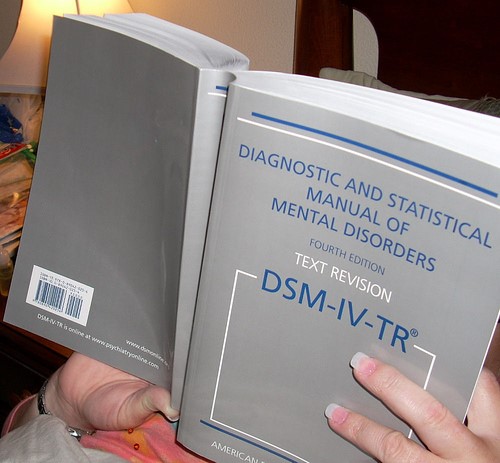An accurate diagnosis is essential in order to focus on appropriate treatments for a client. Diagnosis of a psychological disorder refers to the name given to a set of symptoms - a syndrome. Classifications exist in order to arrange symptoms that tend to occur together into syndromes that can be distinct from other syndromes.
The most used classification systems include the International Classification of Diseases (ICD-10) and the Diagnostic and Statistical Manual of Mental Disorders (DSM-IV). The two systems are largely the same, mostly due to the fact that they have collaborated in recent versions to provide a more cohesive classification of mental disorders.
The main difference between them is that the ICD-10 is created by The World Health Organization and promotes health at little cost, while the DSM-IV is by the American Psychiatric Association and provides the association with a great deal of revenue. In terms of actual classification, the main difference between the two systems is that the ICD-10 classifies personality disorders under the mental disorder category while the DSM-IV puts personality disorders into their own category. Both the ICD-10 and DSM-IV are widely used, with some research suggesting that the ICD-10 is used more in academic training, while the DSM-IV may be used more for research.¹

Image credit: Richard Masoner / Cyclelicious
Both the ICD-10 and the DSM-IV take into account the ability of the individual to function when diagnosing a client. Therefore, it is not enough to just have symptoms of the syndrome, but the duration of the symptoms and their severity - that is, how they affect the individual's daily functioning - is also important in diagnosis.
New systems of classification are emerging, including the staging method, which seeks to classify disorders based on their severity, extension, development, and features,² and other classification systems exist, such as the Diagnostic Classification of Mental Health and Developmental Disorders of Infancy and Early Childhood.
References:
1. Mezzich, J. E. (2002). International Surveys on the Use of ICD-10 and Related Diagnostic Systems. Psychopathology, 35, 72-75.
2. Cosci, F. and Fava, G. A. (2013). Staging of mental disorders: systematic review. Psychotherapy and psychosomatics, 82(1), 20-34.
© BrainMass Inc. brainmass.com July 25, 2024, 8:48 pm ad1c9bdddf